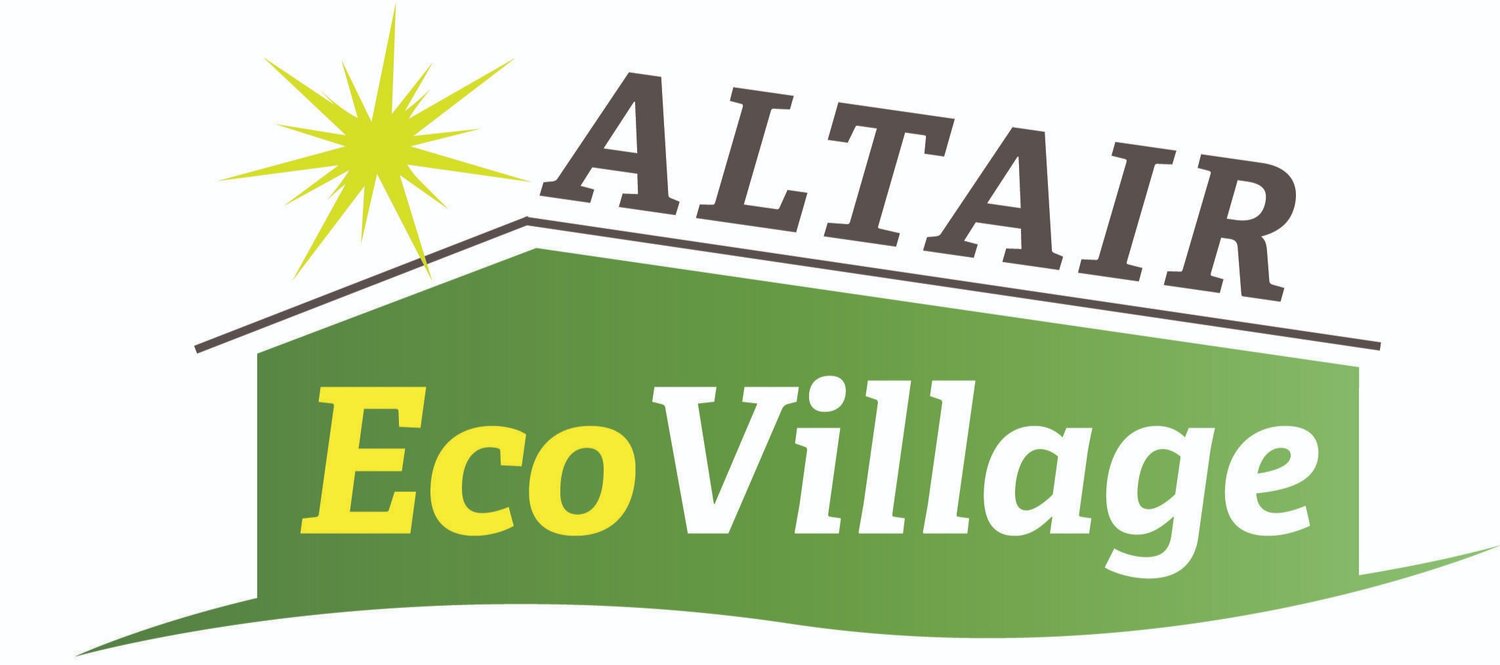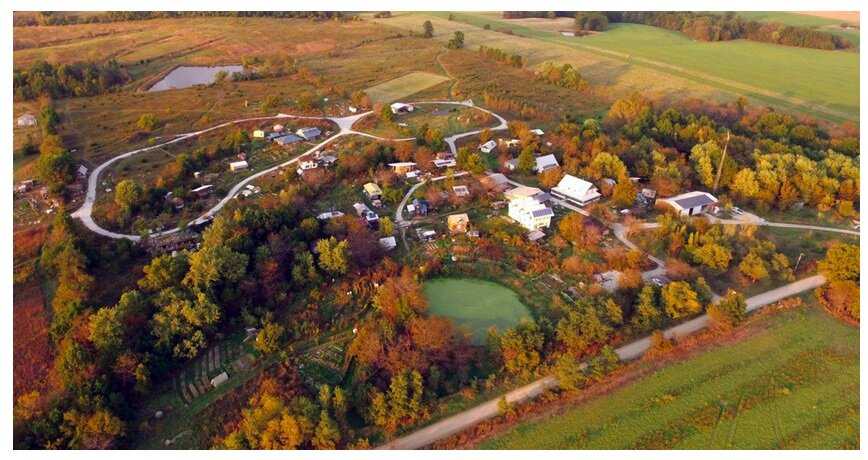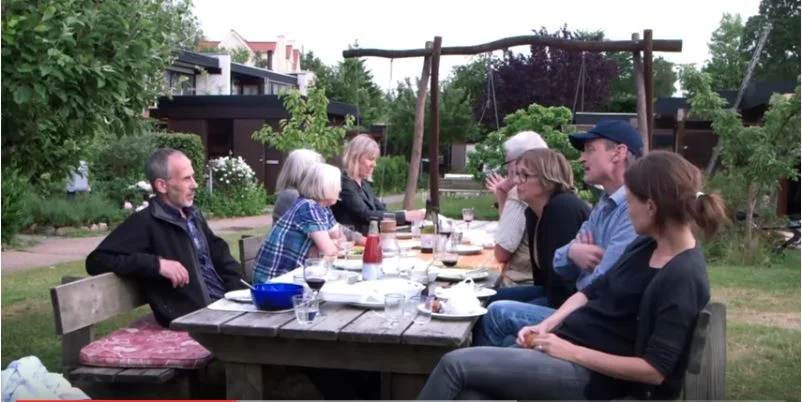What is Cohousing?
/Hi everyone!
In this week’s post blog, let’s talk about Cohousing!
Cohousing is a unique style of living where members design a neighborhood with a “community feel.” Originated in Denmark in the 1970s, Cohousing solved a problem of people feeling isolated. They wanted to develop a living model that created the same village-like atmosphere they had grown up in.
Westwood Cohousing Community in Asheville, North Carolina
Cohousing has six basic principles:
1. Residents organize to plan their community. Future residents help design the community so it fits their needs.
2. The design promotes community interaction. The site plan and overall layout is designed to encourage social interaction.
3. Each family owns their own home, supplemented by extensive common facilities. The inclusion of common facilities helps to develop a strong sense of community, while also ensuring families have their own private spaces.
4. The residents manage the community. Residents do most of the work and maintenance within the community.
5. The residents operate using a non-hierarchical structure. While some members may naturally step into more leadership type roles, no members hold authority over others. Decisions are made by consensus to make sure every member is heard.
6. Residents have their own income sources. Members do not make income from the community.
Built on these principles, different varieties of Cohousing villages have been created and continue to be formed! They range in total number of homes, amount of land to maintain, and whether they are suburban, urban, or rural, among many other variables.
A satellite image of Shadowlake Village in Blacksburg, Virginia
Cohousing relies heavily on shared resources (such as shared gardens, guest rooms, storage, cars, and the iconic common house), and are often very environmentally-conscious villages. By sharing resources, there is a smaller footprint for each member. As Cohousing.org puts it, “Cohousing is community intentionally designed with ample common spaces surrounded by private homes.” These common spaces can include anything relevant to the community, but typically include things such as recreational areas, walkways or trails, gardens, parking, and of course, the common house!
Personally, the common house is one of the aspects of Cohousing I think is the most exciting. Stand by for next week’s post, where I will explain the common house and what about it I find so fascinating! In the meantime, check out this great video showing what Cohousing villages are like and how they operate!











